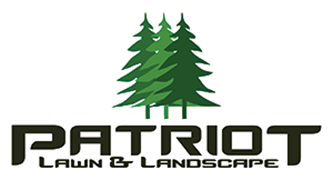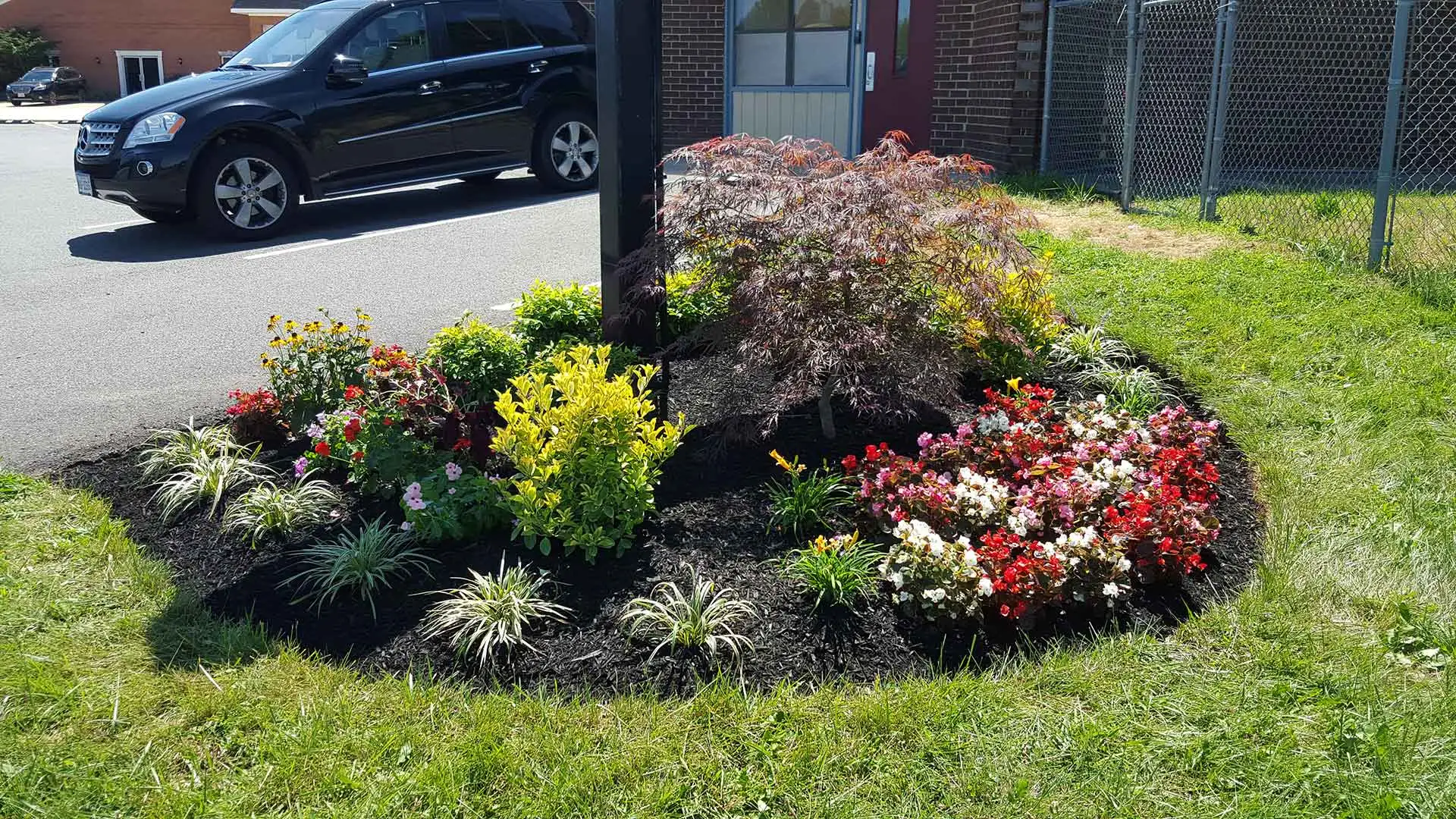
Our Blog
Come here to read the best information about lawn care and landscaping in Bristow, VA!

Come here to read the best information about lawn care and landscaping in Bristow, VA!
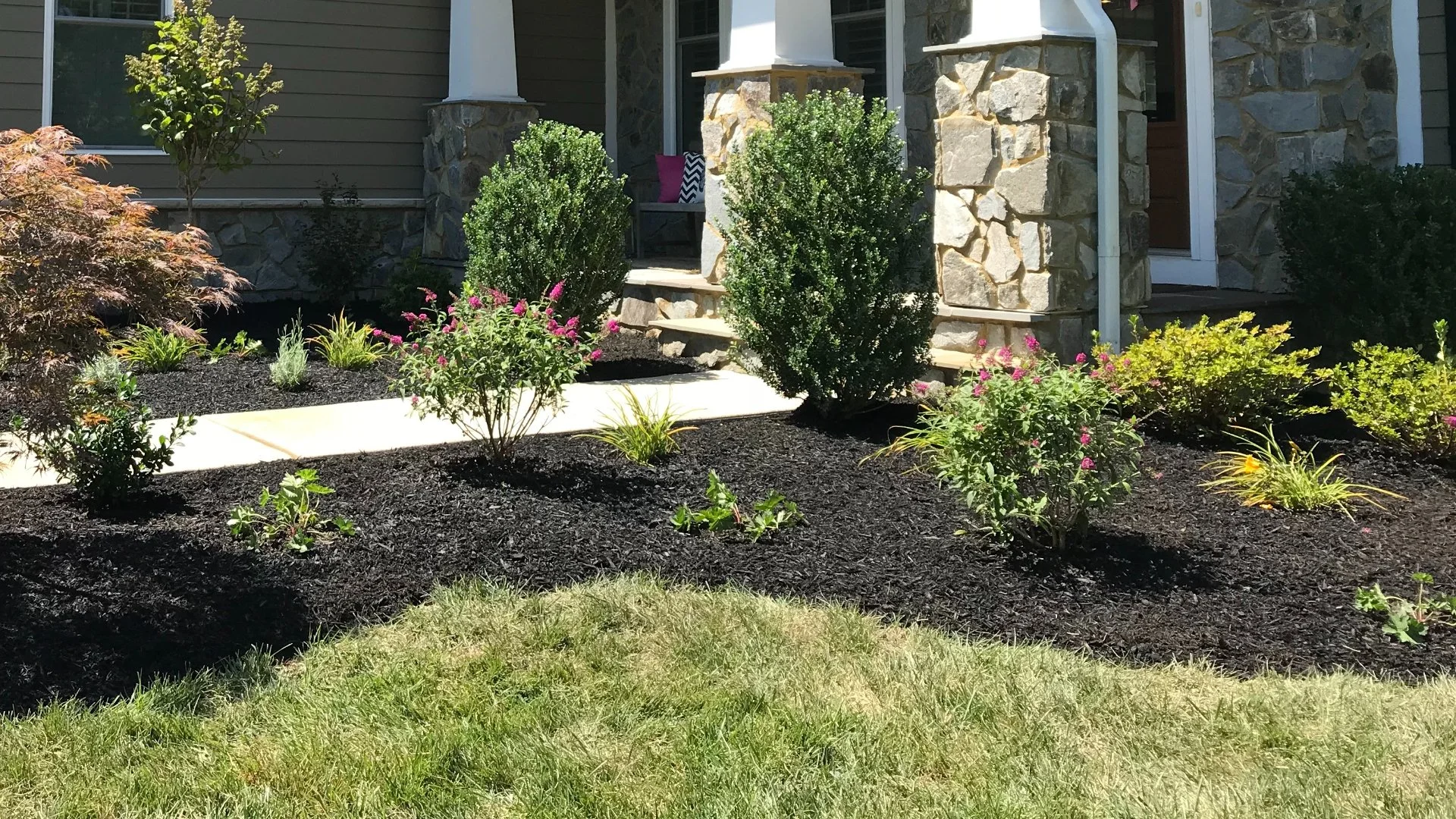
Mulch is a great way to enhance the beauty of your landscape in Virginia, but refreshing it regularly is important. Because mulch consists of organic materials, it decomposes over time and needs to be replenished so that it can continue providing its intended benefits. These benefits include weed suppression, soil temperature regulation, moisture retention, and erosion control! The best time to replenish your mulch is in the spring, as it'll ensure your landscape beds look great and your plants stay healthy as the new growing season gets underway. However, you can also do so in the fall.
The primary reason why you need to regularly refresh your landscape's mulch is because it will eventually break down and decompose. This process happens naturally since mulch is made up of various types of organic matter, such as wood chips and bark. When this occurs, the nutrients from the mulch get absorbed by the soil underneath it, which helps promote healthy growth for your plants. However, once it becomes too thin, the remaining mulch won’t provide any additional benefit to your landscape beds. So, if you don’t refresh your mulch on a regular basis, then it could end up looking messy, plus it won't provide all its intended health perks!
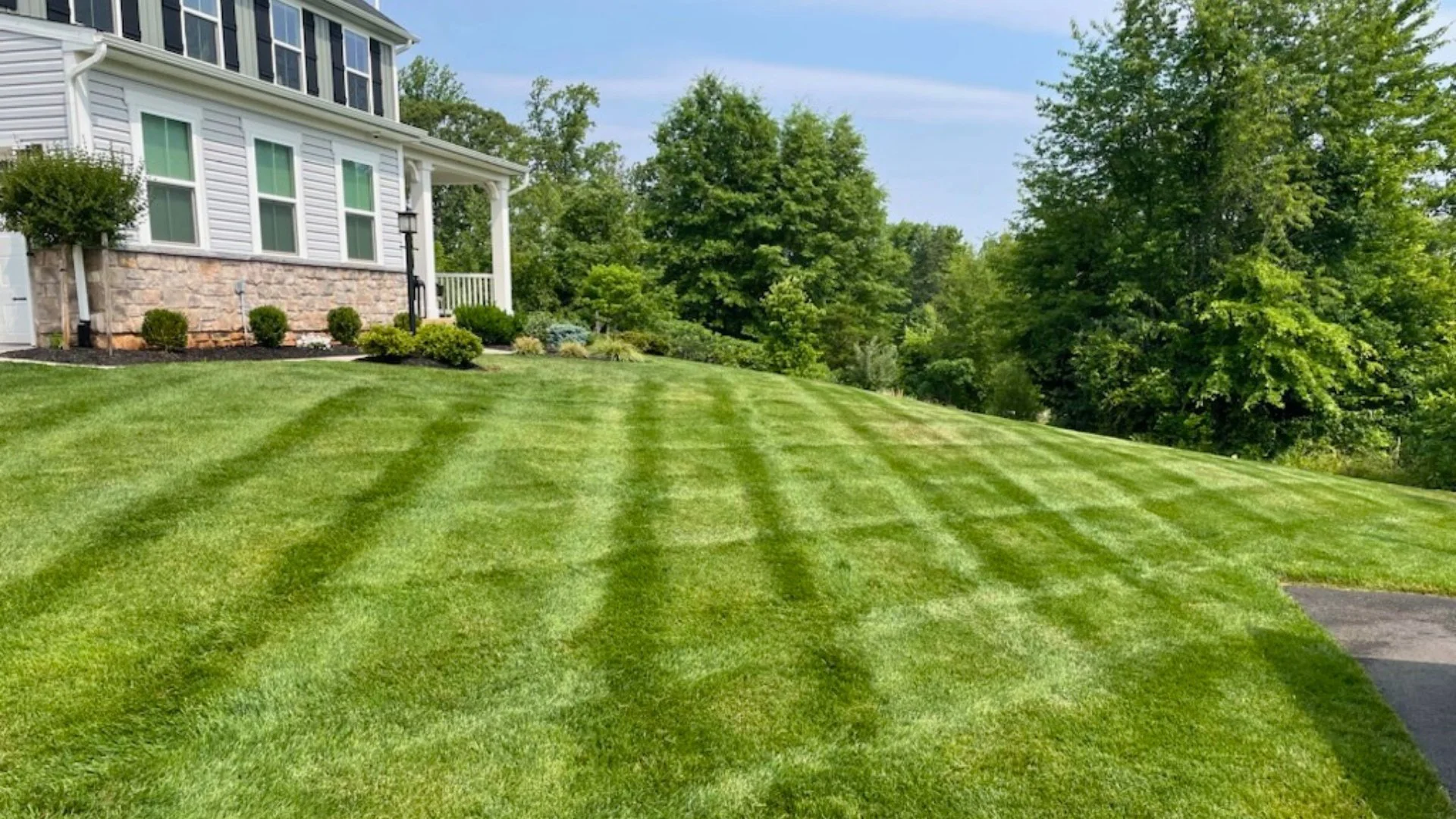
As spring approaches in Virginia, you may be eager to apply the first fertilizer treatment of the year. However, it's important not to put it down too early! If the ground is still frozen, your lawn won't absorb or utilize the nutrients, which can cause them to run off into nearby waterways. Because of this, you should wait until the soil temperature warms up and your grass starts greening up again before applying the first spring fertilizer treatment; this usually happens around March. To ensure it's done at the right time, you'll want to hire professionals because they have the experience necessary to apply these treatments correctly to ensure your lawn benefits from them.
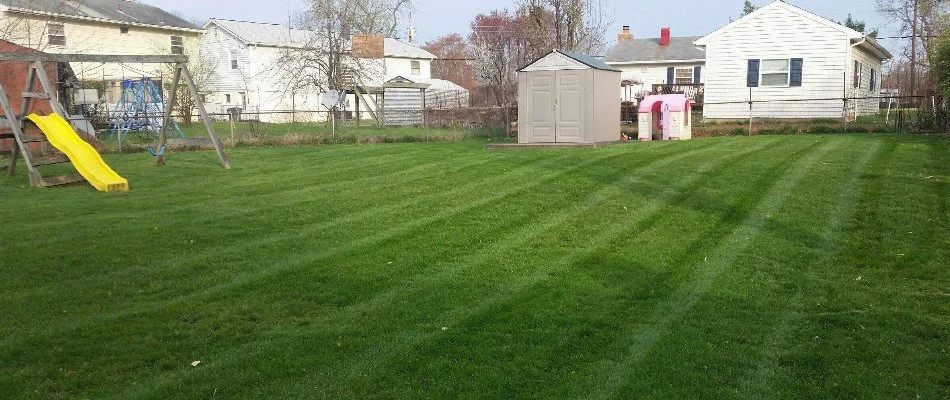
While fertilizing your lawn in the spring is crucial for helping it emerge from winter dormancy, putting it down too early can have adverse effects. After all, if the ground is still frozen, your turf won't absorb or utilize the fertilizer. As a result, it can run off into nearby waterways, polluting them and harming aquatic life. Not only that, but it also wastes product since your lawn doesn't reap any benefits from it!
To avoid wasting the first spring fertilizer treatment, you'll want to wait until the soil temperature warms up enough so your lawn can absorb and utilize it....
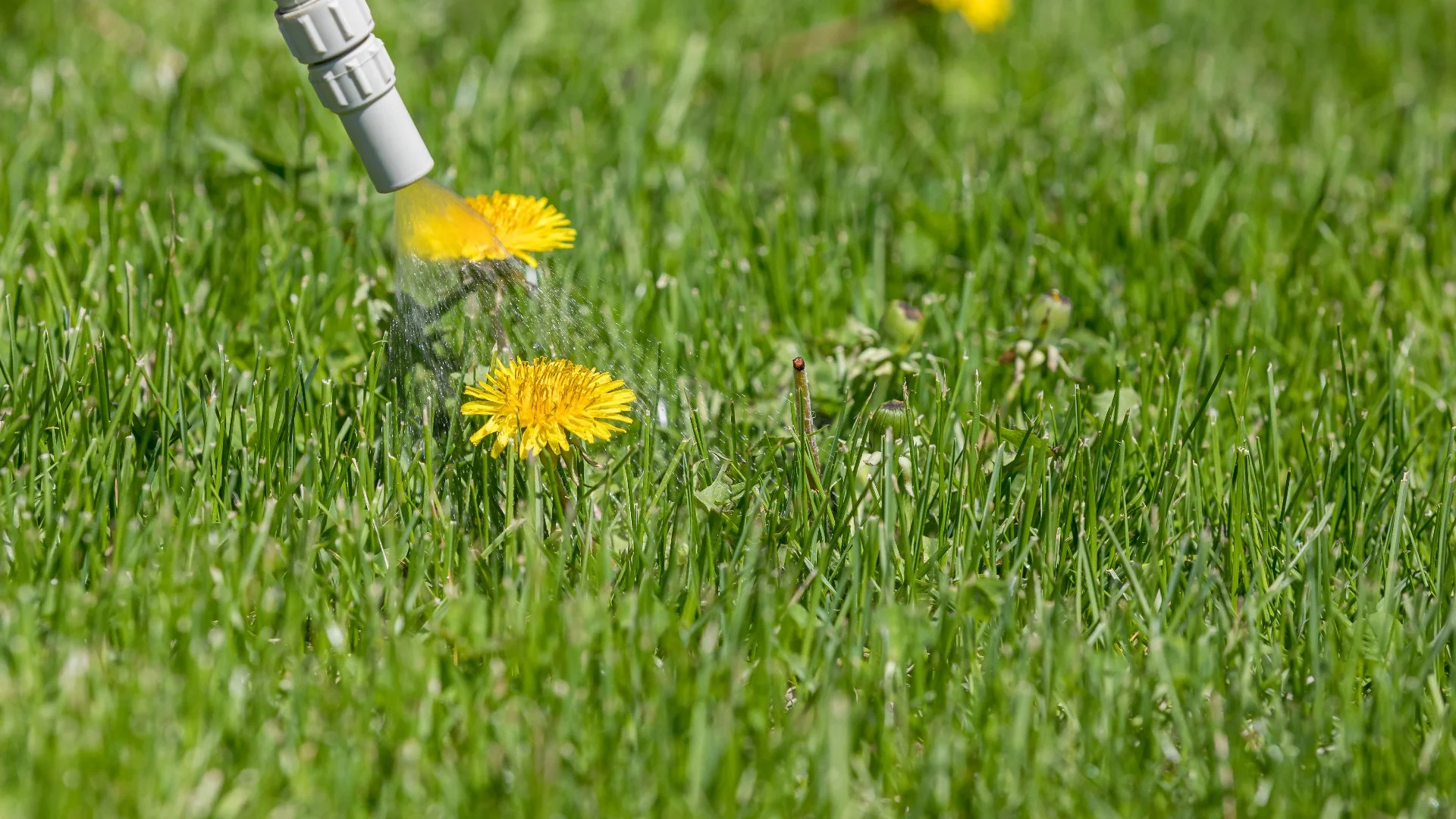
Weeds are a nuisance and can steal vital resources away from your grass in Virginia, which is why eliminating them is vital. Fortunately, that's where post-emergent weed control treatments comes in. These treatments work by targeting existing weeds on your lawn and killing them at the roots. You can usually start seeing results in about one to two weeks after the application, though it may take up to a month for full results, depending on the type of weed. However, you'll want to ensure they're applied correctly and at the right time, so hiring professionals is best. That way, you can feel confident knowing they'll use high-quality products and give you optimal results.
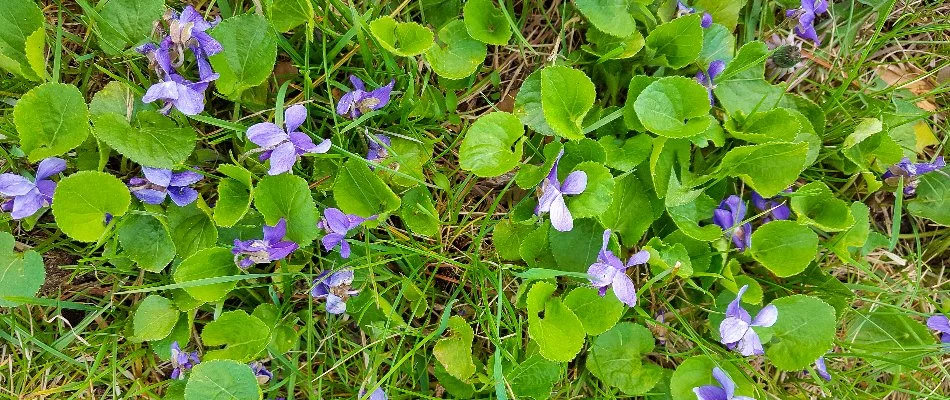
Post-emergent weed control treatments target pesky weeds that have already sprouted on your lawn. Once these herbicides are applied directly onto the existing growth, they will seep into the soil and get absorbed through the roots, effectively killing it at the source so it doesn't continue stealing vital nutrients away from your grass. Generally, you can expect to see some initial results within 1-2 weeks after applying post-emergent weed control treatments. During this period, you might notice signs like wilting or discoloration of the weeds.
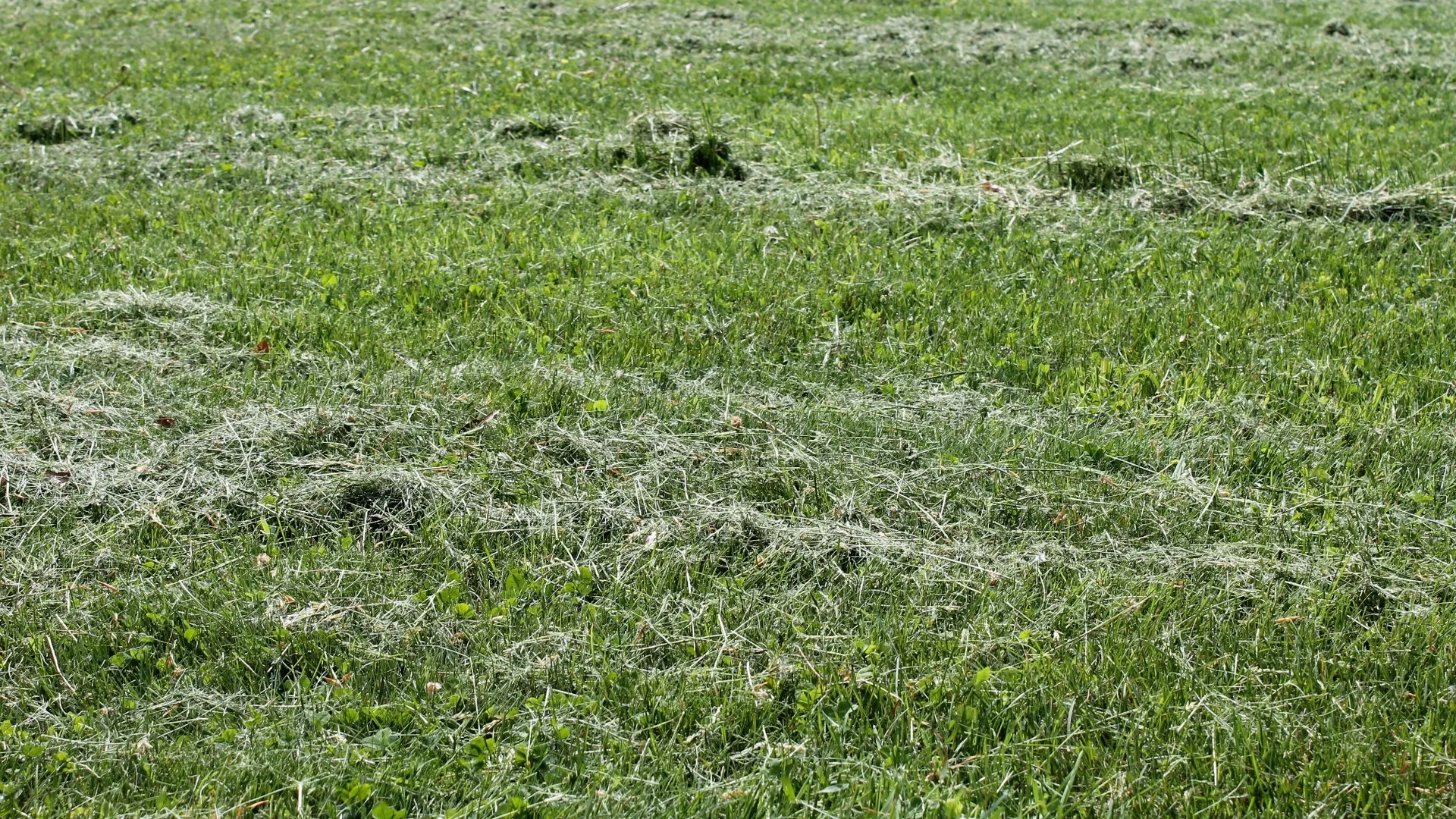
After mowing your lawn in Virginia, you may wonder whether to leave the grass clippings or bag them. The answer is simple: leaving them is best! Grass clippings are beneficial for your turf because they return nutrients to the soil as they decompose, plus help it retain moisture better since they mostly consist of water. Not only that but doing this is more environmentally friendly than bagging them, as it means less waste going to landfills. However, if your lawn has a disease, you'll want to collect the grass clippings to prevent spreading it to other areas.
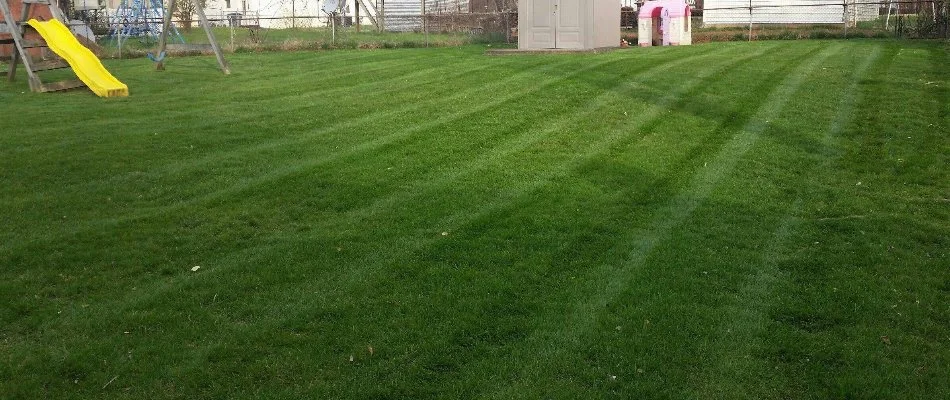
One of the main reasons you should leave the grass clippings on your lawn after mowing is because they're good for it! After all, these clippings will break down over time and release essential nutrients back into the soil. As a result, they act as a natural fertilizer, so your lawn can absorb and utilize them to bolster healthy growth, improve its vibrant, green color, and build up its strength. Additionally, grass clippings mainly consist of water, so they'll hydrate it and help it retain moisture better. With this, your lawn has an increased chance of staying healthy and resilient even during stressful times.
Another ...
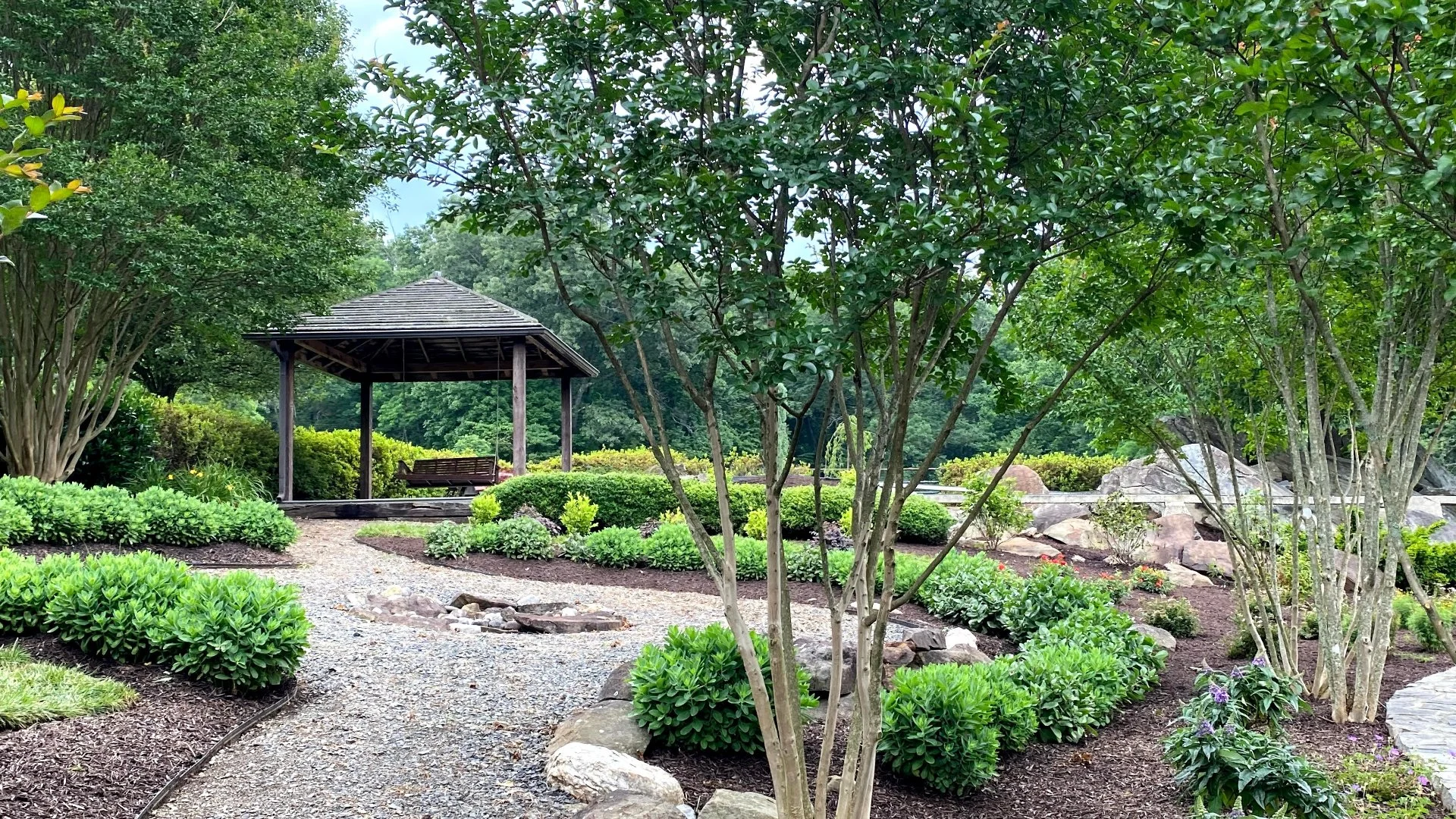
Trimming and pruning are essential maintenance services for your plants in Virginia, and while they're often used interchangeably, they serve different purposes. Trimming is mainly for aesthetics, as it involves cutting back stray branches and overgrowth to maintain a manicured shape. On the other hand, pruning focuses on plant health by removing damaged, diseased, dead, or insect-infested parts to prevent issues from spreading while encouraging new growth. While these tasks may seem simple enough to do yourself, you should always hire professionals to trim and prune your plants because they'll know when and how to perform them properly to ensure they don't harm them.
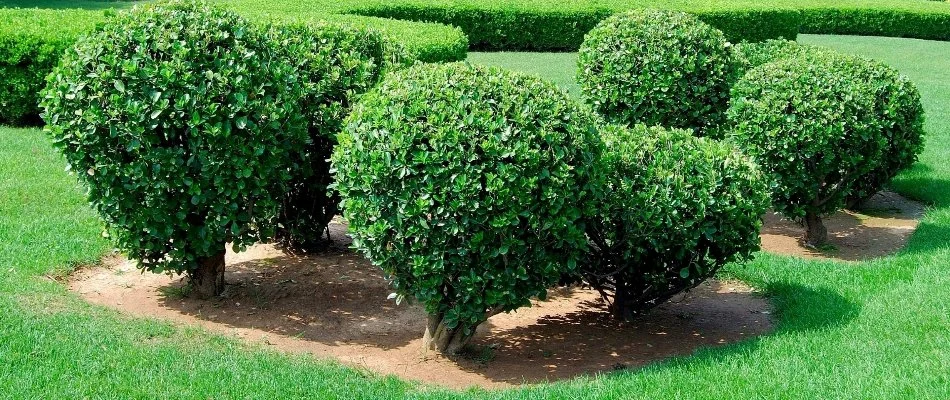
Trimming is an important task that primarily focuses on maintaining the aesthetic appeal of your plants. It involves cutting back stray branches and overgrown foliage that make them look messy, giving them a neat and manicured appearance. By trimming away excess growth, you can shape your plants according to your desired look, enhancing their overall beauty and visual impact on your landscape.
Regular trimming helps keep your plants well-groomed and prevents them from becoming unruly or unbalanced. Additionally, it allows more sunlight to reach all areas of your plants, plus improves airflow for optimal access to these resources.
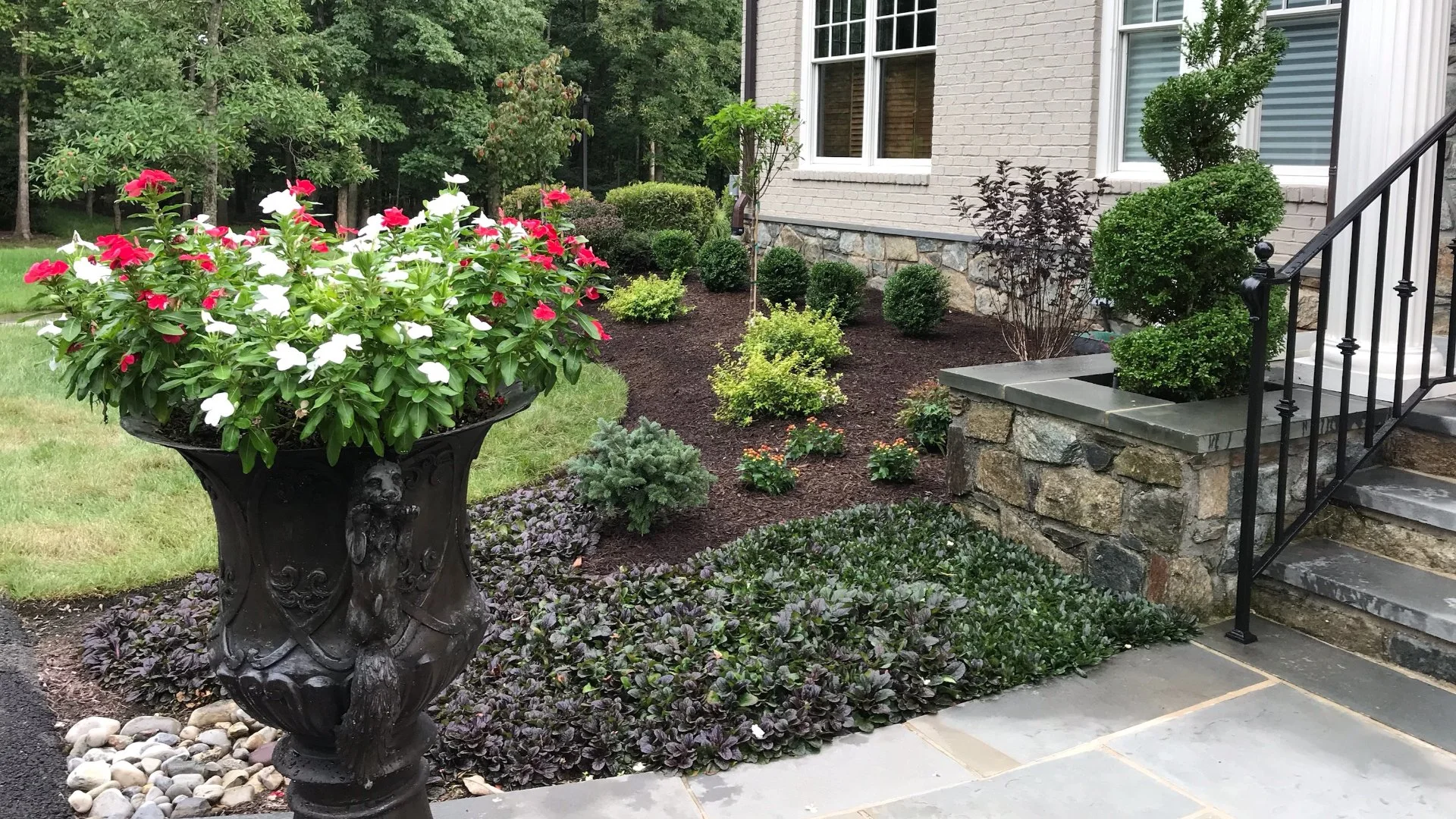
Annual flowers and perennials are both great options for your landscape in Virginia, but they have distinct characteristics that set them apart. Annuals are flowers that complete their life cycle within one growing season, bringing a burst of color and vibrancy to your yard. On the other hand, perennials can live longer, regrowing each spring and providing a more consistent and long-term presence in your garden.
The choice between annuals and perennials depends on your preferences and gardening goals. If you desire a dynamic display of colors that change with the seasons, annuals might be your best bet. However, if you prefer a stable and enduring garden with less maintenance over time, perennials could be the better option. Ultimately, the decision boils down to whether you prioritize short-lived brilliance or lasting beauty in your landscape.
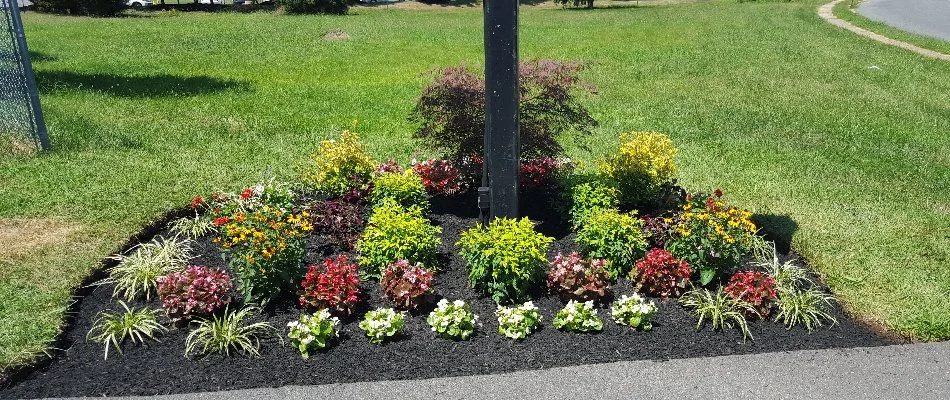
Annuals are flowers that complete their entire life cycle within one growing season. Because of this, they require replanting every year. There are different types of flowers depending on when they grow best. For example, spring annuals grow better during warmer weather, so they'll be planted after the last frost and stay bright until fall. Then, these can be replaced with fall annuals, which thrive in cooler temperatures. Despite this, they're worth it because they offer a longer bloom period, meaning you can enjoy pops of vibrant color in your landscape for most of the year!
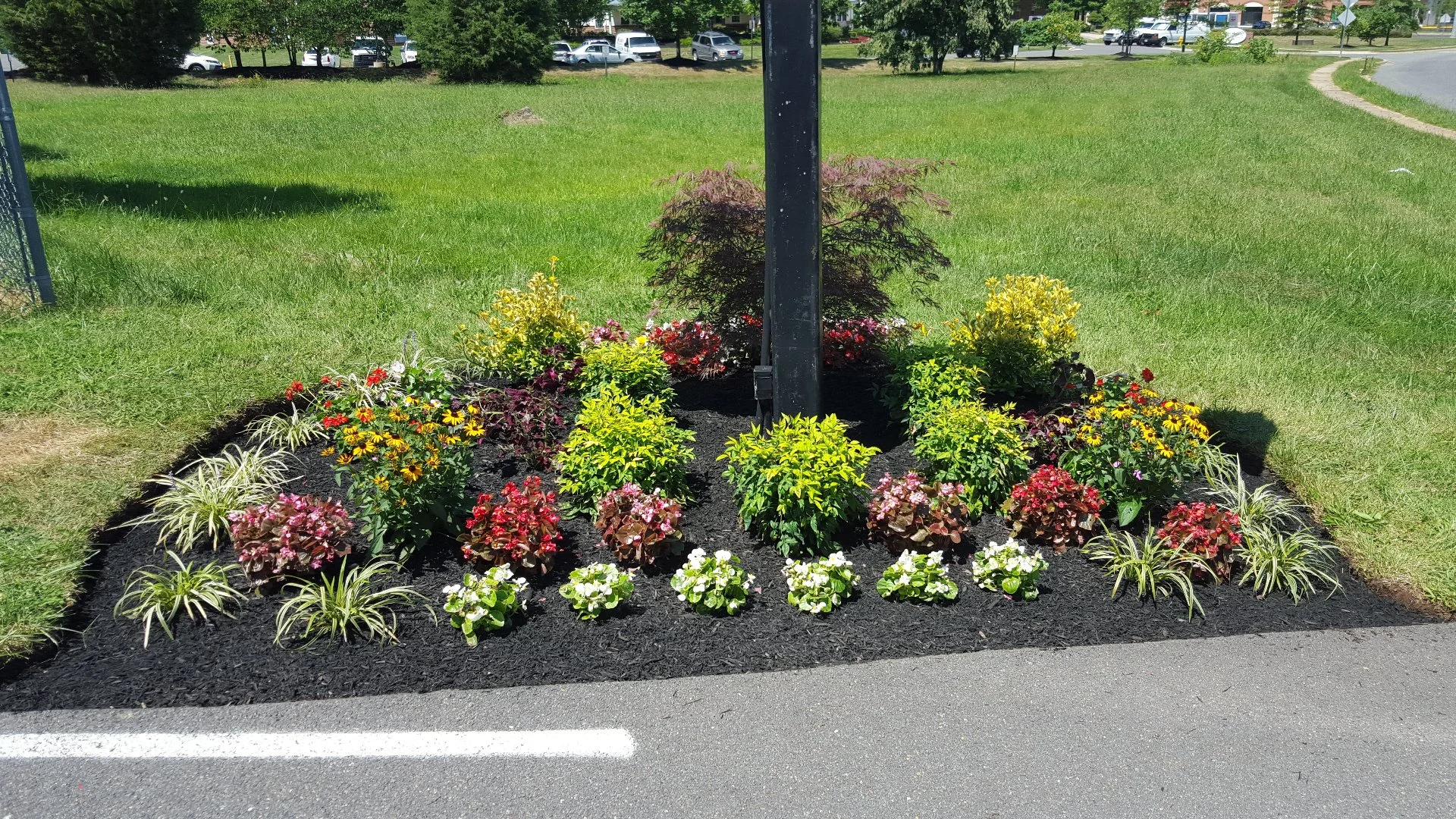
Mulch is a great addition to your landscape beds in Virginia, as it enhances their beauty and provides numerous benefits for your plants. However, you'll want to ensure the layer is the right thickness for optimal results! The mulch should be about 2-3 inches thick so that it doesn't smother them but still gives enough protection from temperature fluctuations, retains moisture, and suppresses weeds. Additionally, you'll want to leave an inch around the base of your plants when applying mulch to avoid suffocating them. It's also best to refresh this ground cover at least once in the spring, though you can do it again in the fall if needed.
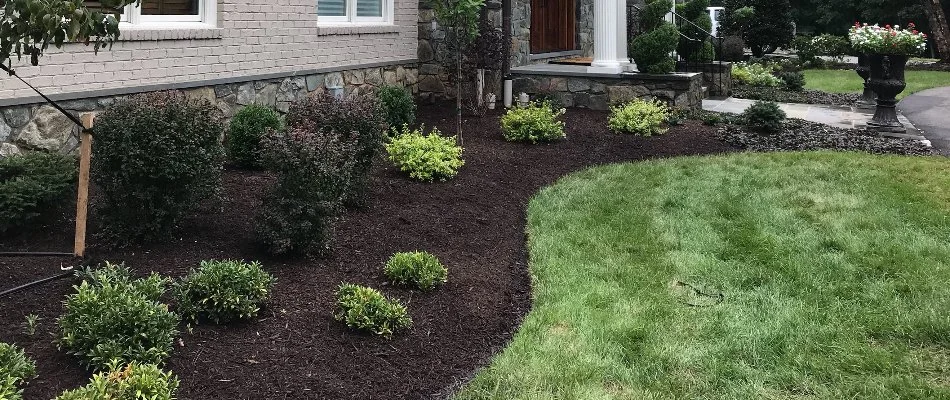
While mulch is an important addition to your landscape beds, you'll need to have it installed at the appropriate thickness to ensure you're reaping all of its intended benefits. The ideal thickness for your mulch layer is about 2-3 inches. When it's too thin, it won't provide all the intended benefits for your plants, such as protecting their roots from drastic temperature changes, retaining moisture, suppressing weeds, and more. On the other hand, if it's too thick, it can smother your plants and block them from receiving sunlight and air circulation. Because of this, keeping your mulch layer between 2-3 inches will yield optimal results!
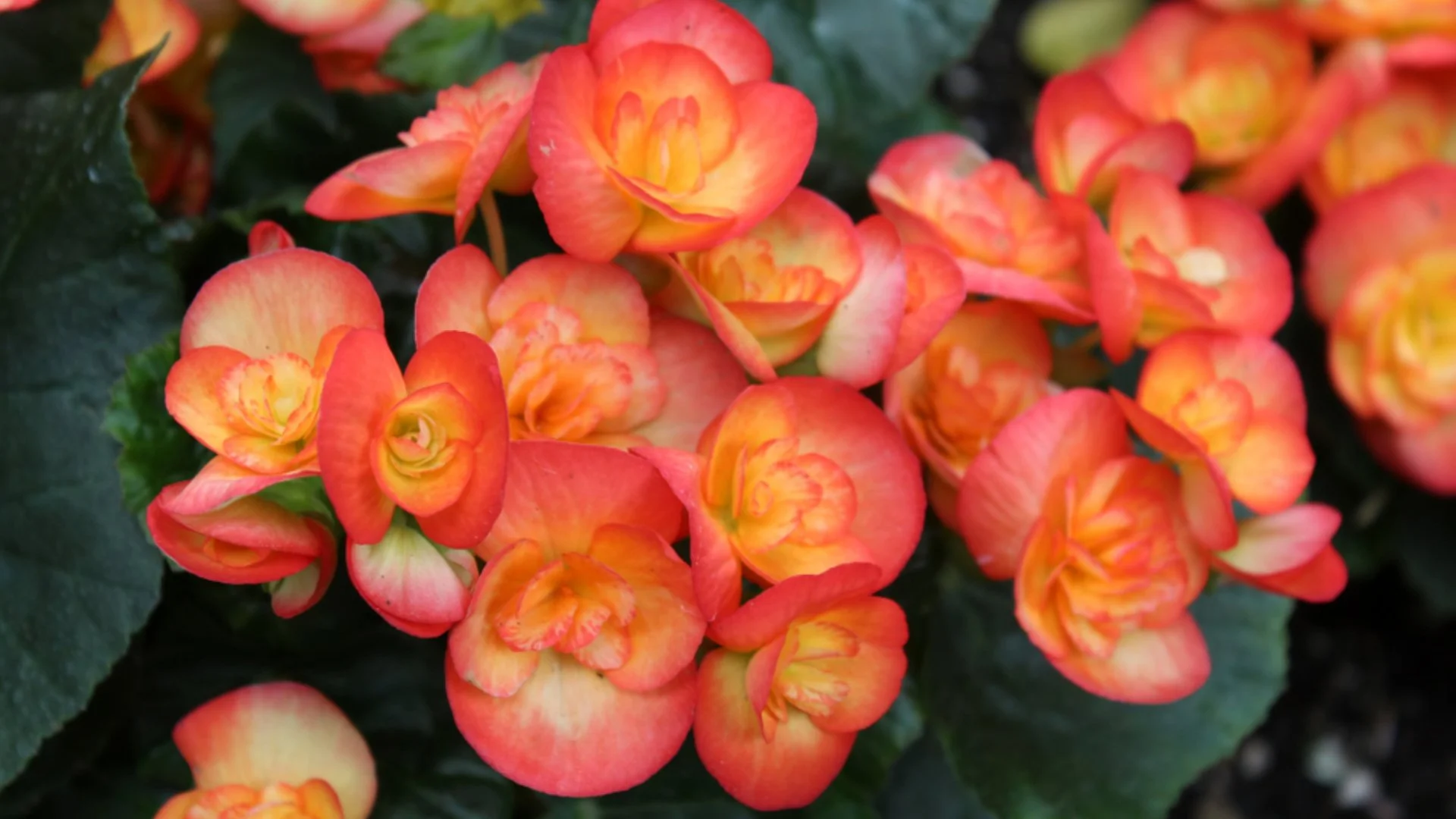
Spring is the perfect time to add some color and life to your landscape in Virginia. Annual flowers are a great way to do this, as they bloom for one season but provide vibrant colors that can brighten up any space. There are many options when it comes to spring annuals, so you will want to consider which ones will work best for your property. Four popular choices include begonias, vincas, lantanas, and petunias. Each of these plants has its own unique characteristics and benefits, making them all excellent additions to your outdoor area.
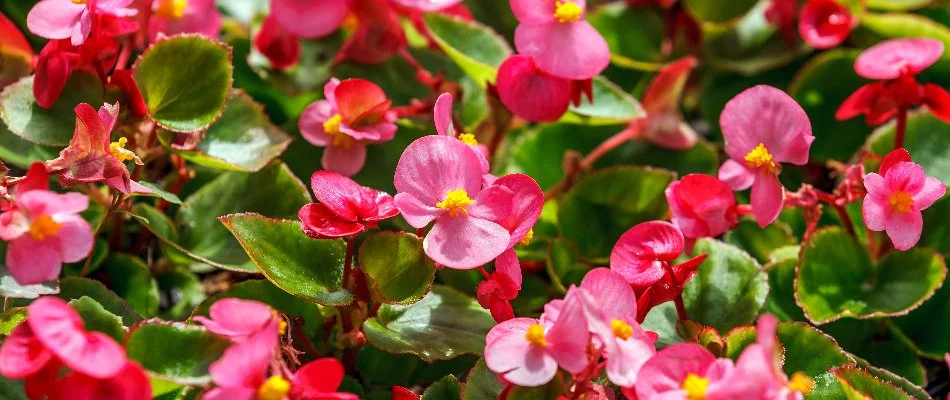
Begonias are beautiful spring annuals that come in various shapes, sizes, and colors. They have thick leaves with serrated edges and produce clusters of small blooms on long stems. These flowers thrive in shady areas and prefer moist soil conditions. Because of their low-maintenance nature, begonias make an ideal choice for those who don't want to spend too much time caring for their garden. Additionally, they attract butterflies and hummingbirds, adding even more beauty to your surroundings!
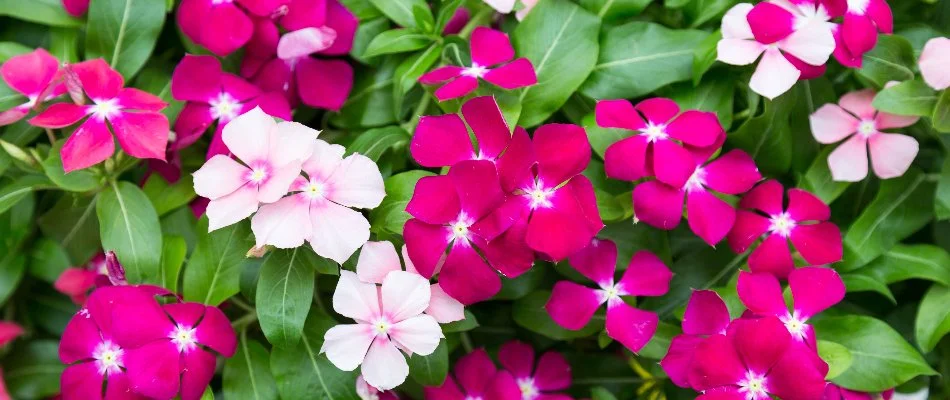
Vincas, also known as periwinkles, are another type of annual flower that thrives during the spring months. This plant produces bright white, purple, pink, red, and other colored flowers atop dark green foliage. It grows well in full sun exposure and tolerates drought-like conditions once established. In fact, vincas require little maintenance beyond occasional ...
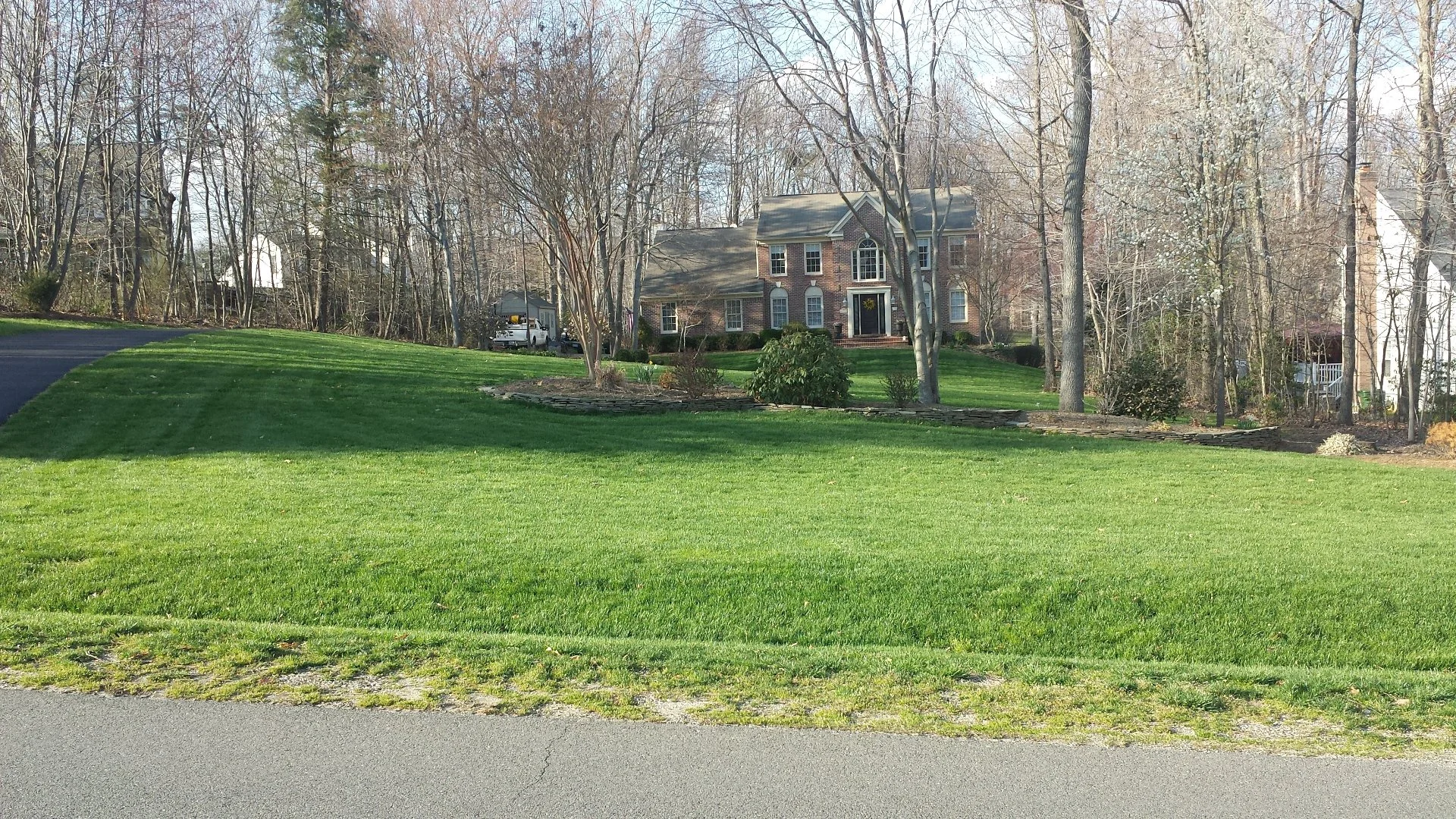
As the winter season comes to an end in Virginia, it's time to start thinking about preparing your lawn for spring. One of the most important things you can do is fertilize your grass to give it a boost and help it emerge from dormancy. However, before applying fertilizer, make sure that you mow your lawn first! Mowing will remove any overgrowth or debris on top of your turf so that the fertilizer can reach the soil more easily. Ideally, you should wait 24 hours to a few days after mowing before putting down the first spring fertilizer treatment. However, it's important that you wait until your grass is starting to green up and grow again before mowing it or applying a fertilizer treatment to it.
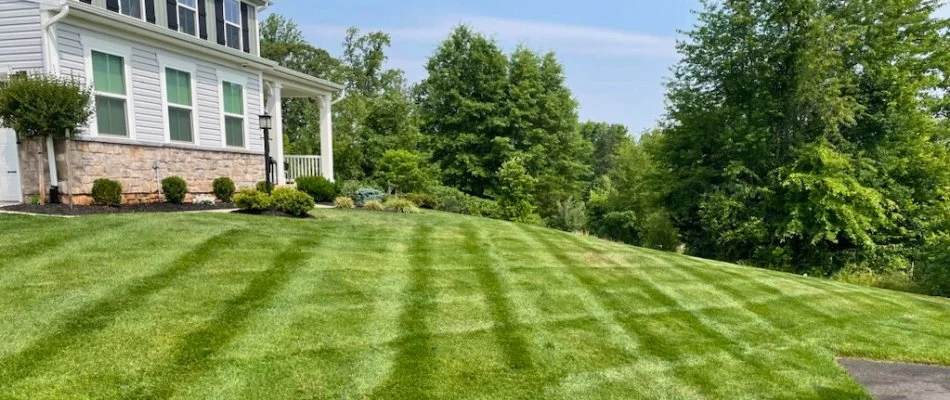
When spring arrives, it's likely that your lawn will be a little overgrown and have debris scattered across it. Before applying fertilizer, it's essential to clear away any overgrowth and debris to ensure that the nutrients are able to penetrate the soil effectively. If not removed, these materials could block the fertilizer from reaching the roots of your grass, which would hinder its ability to absorb those vital nutrients.
While mowing your lawn is...
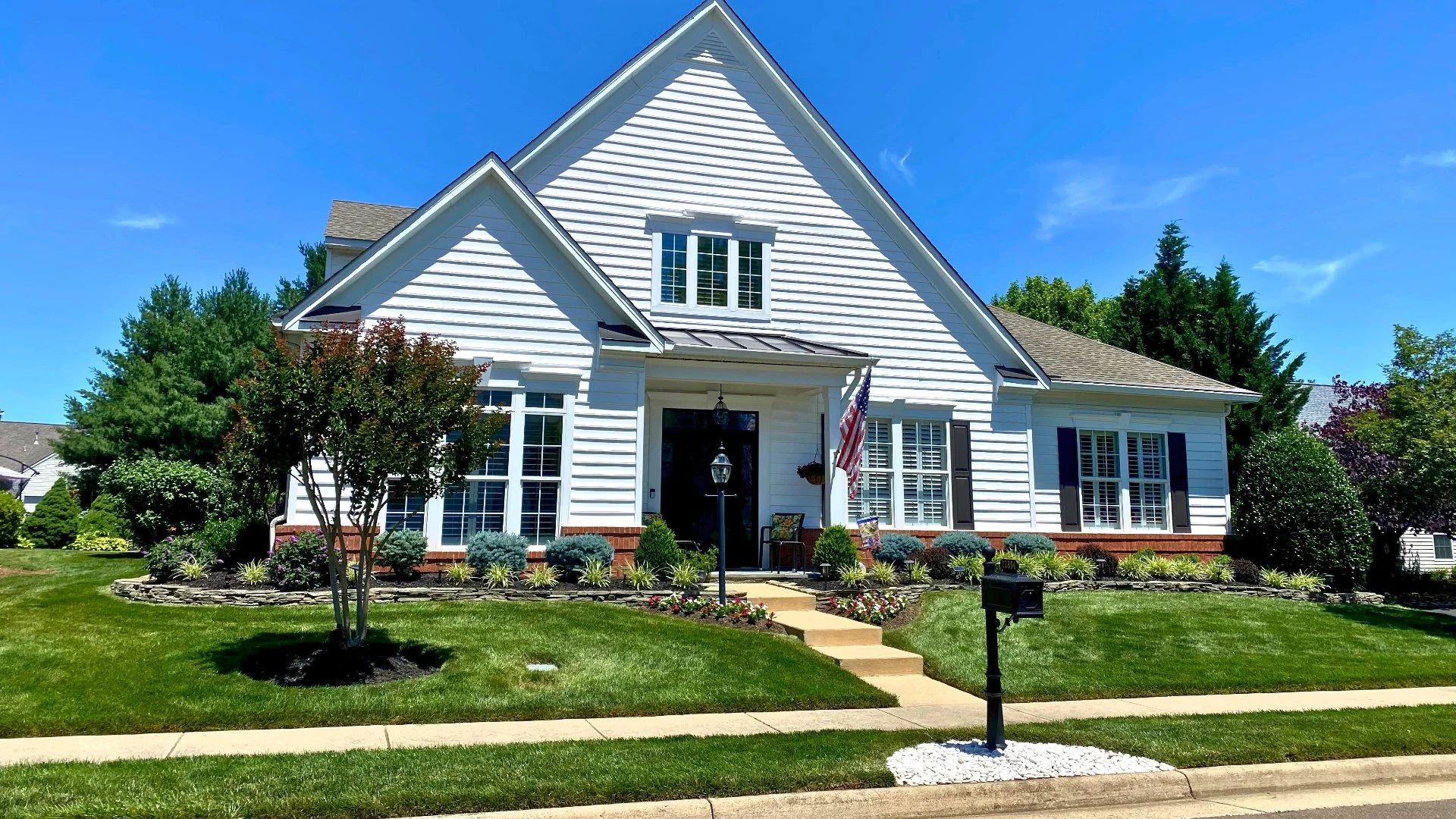
As the winter season comes to an end here in Virginia, it's time to start thinking about how you can help your lawn emerge from dormancy and prepare for the upcoming growing season. To do this, there are two essential spring lawn care treatments that you should invest in: fertilization and weed control. Fertilizer will provide your grass with much-needed nutrients to promote healthy growth while also helping it recover from any damage caused by cold weather. Weed control is equally important because weeds compete with your grass for resources like water, sunlight, and space. By eliminating them early on, you give your turf a better chance of thriving throughout the year. Fertilization should be applied in both early and late spring, while pre-emergent weed control should be applied in early spring and a post-emergent treatment should be applied in late spring.
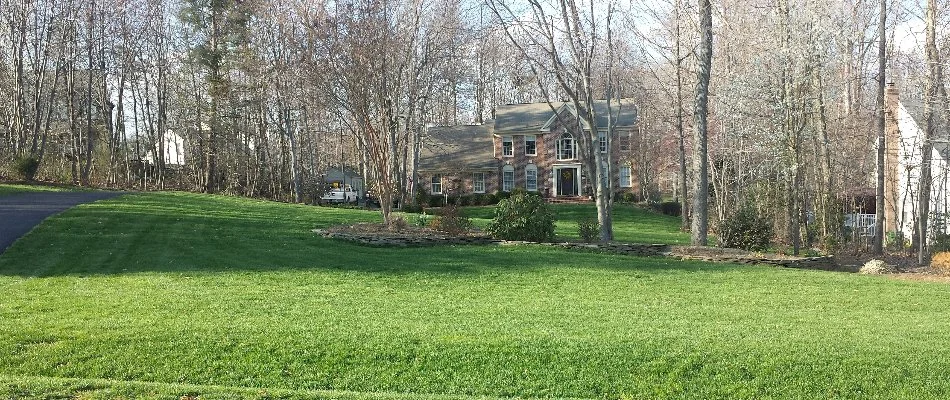
The first step towards achieving a lush green lawn is applying fertilizer during the spring. This treatment provides your grass with vital nutrients such as nitrogen, phosphorus, and potassium—all of which play crucial roles in promoting root development, strengthening cell walls, and enhancing overall plant health. These nutrients work together to encourage new growth, improve color vibrancy, and increase resistance against diseases and pests. With a steady supply of these nutrients, your lawn will have ...
